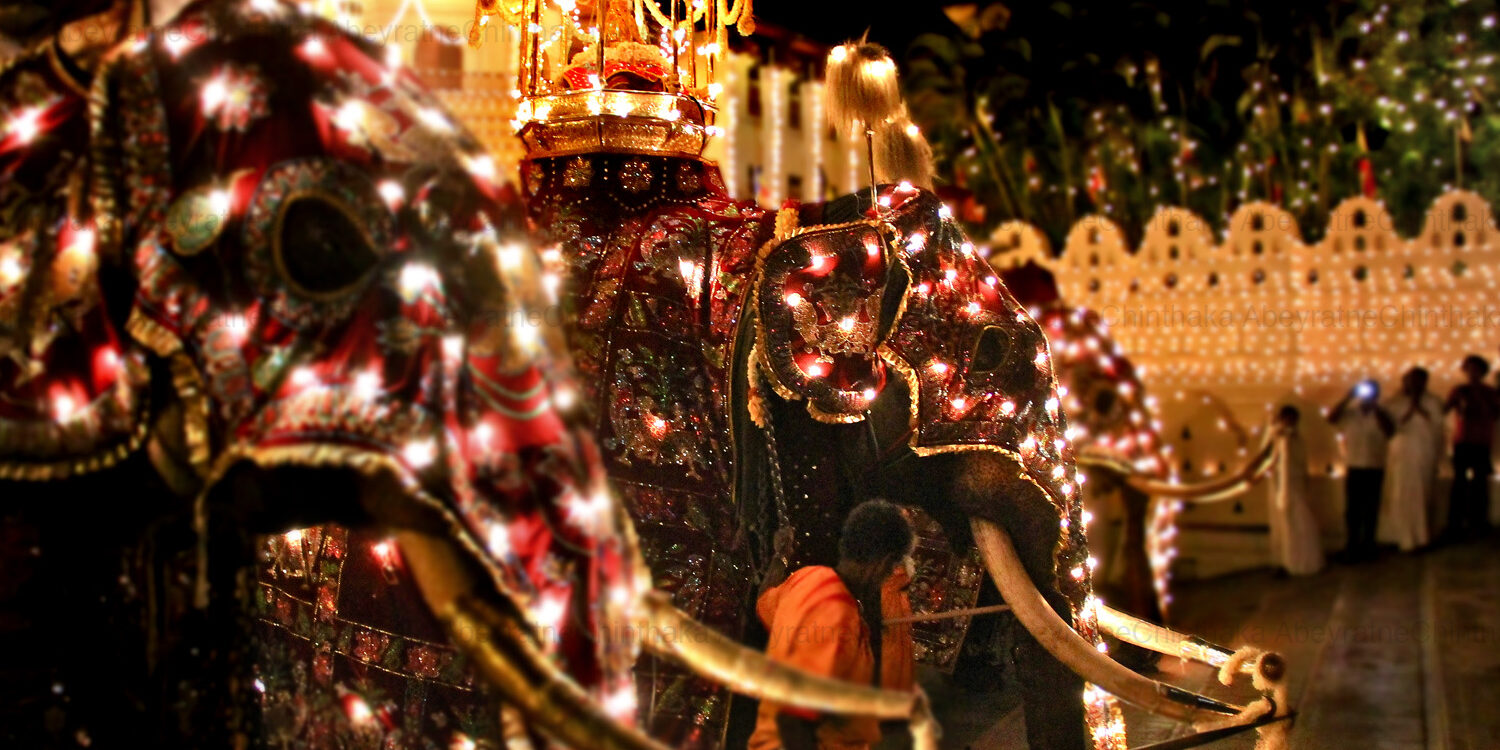
The Kandy Esala Perahera is one of Sri Lanka’s most iconic cultural and religious events, celebrated annually during the month of Esala (July–August). This month, historically considered sacred by both Indians and Sri Lankans, is associated with festivities and rituals that date back to the 6th century BC. During the time of the Buddha, Esala festivals commemorated significant events, including the Buddha’s Conception, Renunciation, and First Sermon. The month also marks the beginning of the rainy season (Vassana), when monks commence their retreat, and ritual performances, such as the Pattini Puja, are conducted to honor protective deities, as recorded in texts like the Pattini-Halla.
Esala is regarded as a time of prosperity, symbolized by the availability of water, and its sanctity is reflected in the elaborate rituals and traditions of the Kandy Esala Perahera. Historical accounts by visitors like Robert Knox and John Davy provide detailed descriptions of this grand pageant, highlighting its evolution over the centuries. During the reign of King Keerthi Sri Rajasinghe in the 18th century, the four Devala Peraheras were amalgamated with the Dalada Perahera (procession of the Sacred Tooth Relic), establishing a series of processions that continue to this day.
Preparations for the Perahera
The Perahera is a meticulously planned event, with preparations beginning early in the year. After the Vesak and Poson pageants, officials assess the number of elephants required and repair ceremonial dresses, torches, and other essential items. The Nakath Mohottala (official astrologer of the Sacred Tooth Relic) determines auspicious times for the event. A meeting, involving state officials, volunteers, and the Maha Sangha, ensures that all aspects of the Perahera are organized to perfection.
Key Processions
Kumbal Perahera
The festival begins with the Kumbal Perahera, the first procession of the Sacred Tooth Relic. Traditionally, this procession is shown to infants to ward off evil spells and ill will. It parades the streets of Kandy for five days and features drummers and tuskers, although it is considered a semi-procession as the Nilames (officials) do not participate in ceremonial costumes.
Randoli Perahera
The Randoli Perahera follows, with the Sacred Tooth Relic parading the streets for another five days. During the era of kings, the Chief Queen would participate in this procession in a Randoli (palanquin). While this practice ceased for religious propriety, a symbolic palanquin continues to be included to honor the tradition.
Maha Randoli Perahera
The grand finale of the festival is the Maha Randoli Perahera, the most spectacular procession of all. Tuskers adorned with garlands and ceremonial costumes take center stage. The Diyawadana Nilame, custodian of the Sacred Tooth Relic, adds a touch of elegance with his elaborately designed attire. This procession serves as the culmination of the Perahera, drawing crowds from around the world.
Highlights of the Perahera
The Permission Ceremony
The procession officially begins after the Diyawadana Nilame grants permission. Tuskers, drummers, dancers, and other performers assemble in their designated order, awaiting the ceremonial gunshots that signal the start. Traditional officials, including the Kariya Korala, Gajanayake, Kapuwas, and others, greet the Diyawadana Nilame before the procession begins. These customs are meticulously upheld year after year.
A Timeless Celebration
The Kandy Esala Perahera is more than a religious event; it is a vibrant cultural pageant that reflects the island’s rich heritage and deep spiritual traditions. With its mesmerizing dancers, elaborately adorned elephants, and centuries-old rituals, this grand festival remains a symbol of Sri Lanka’s cultural pride and religious devotion. It continues to captivate both locals and visitors, offering a glimpse into the timeless beauty of Sri Lankan traditions.
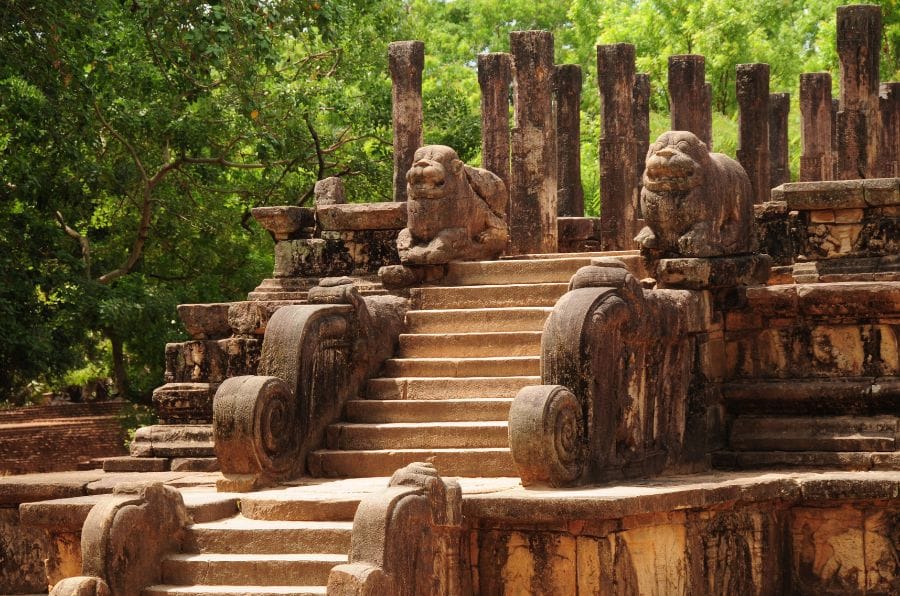
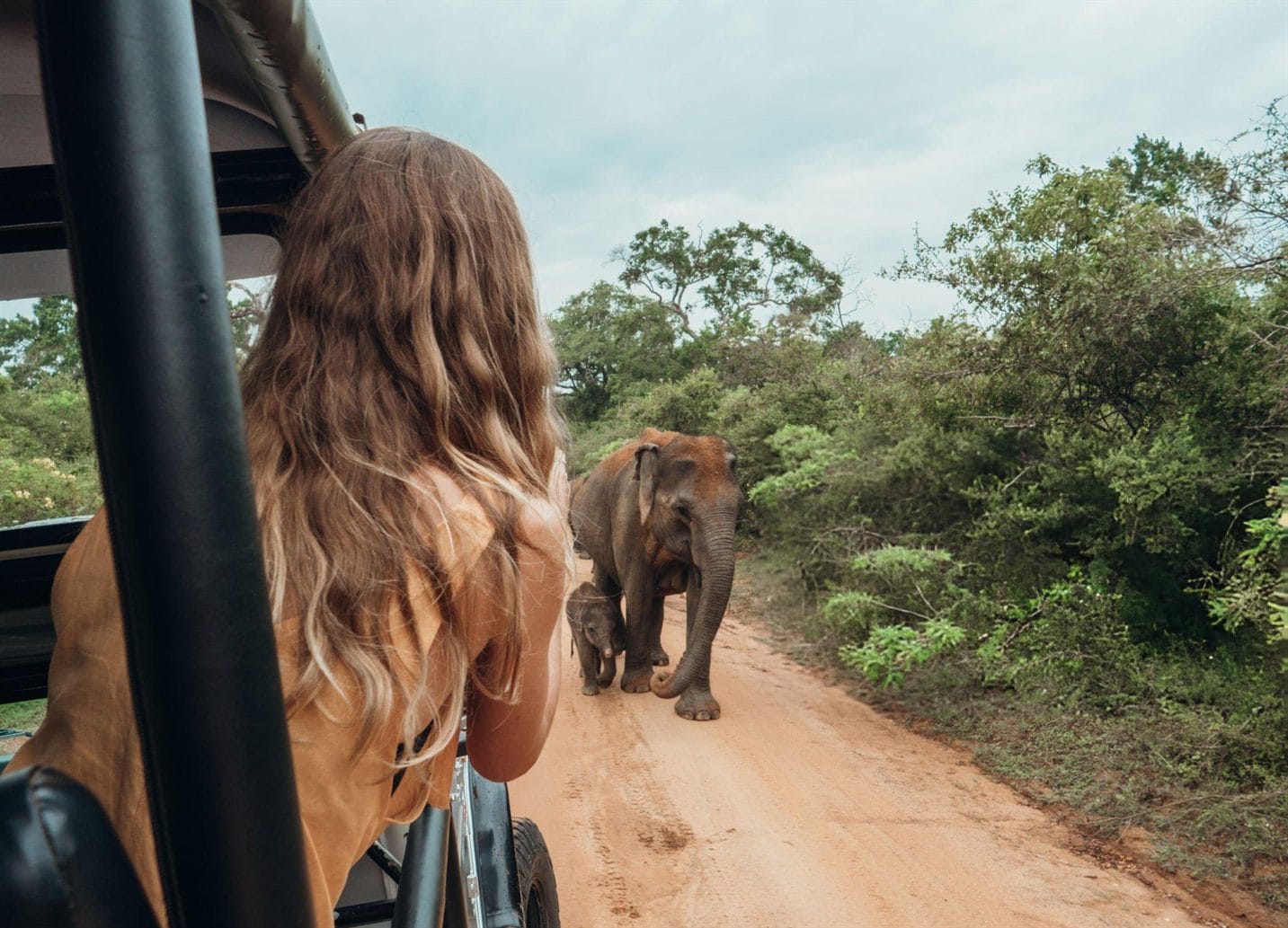
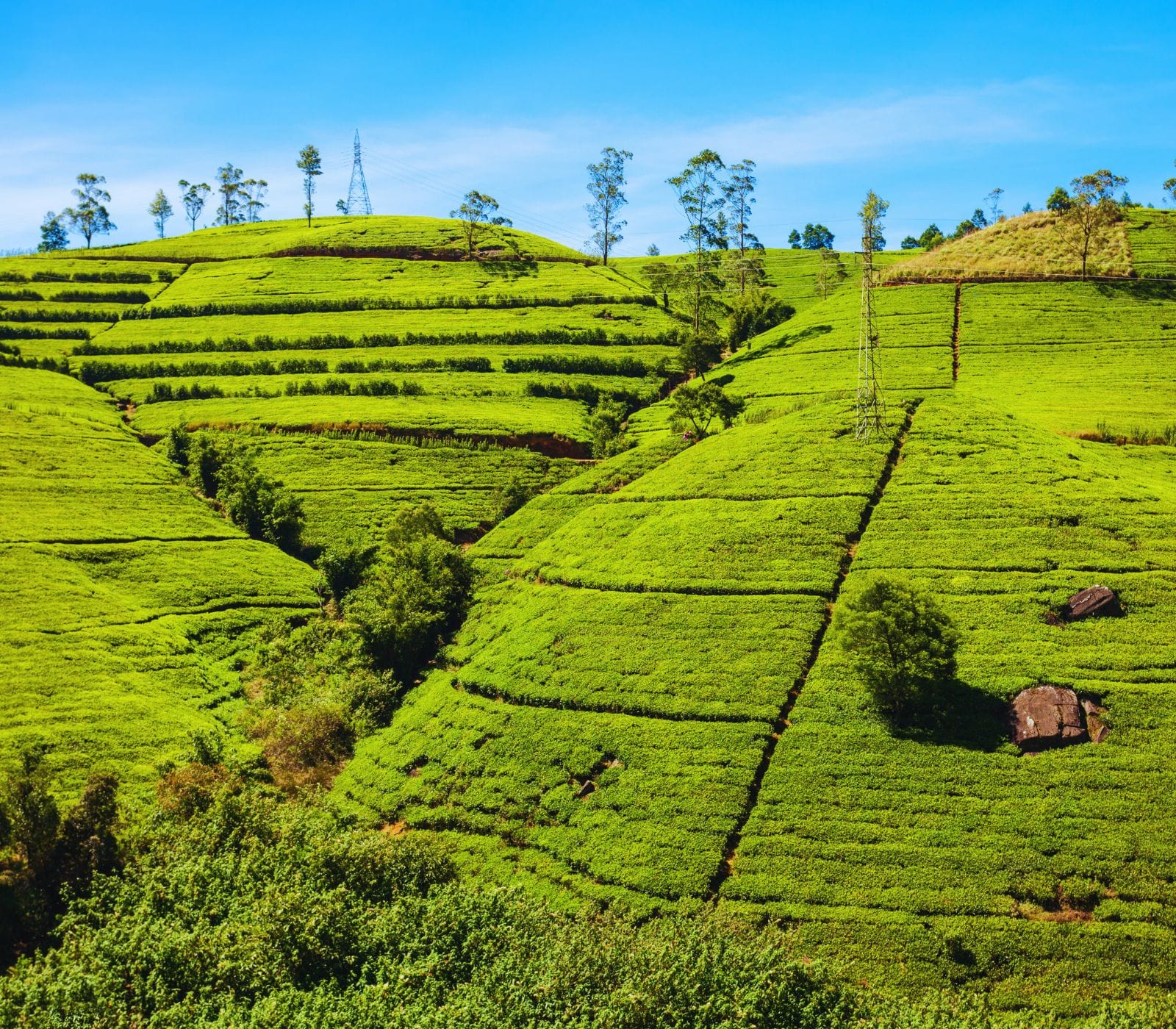
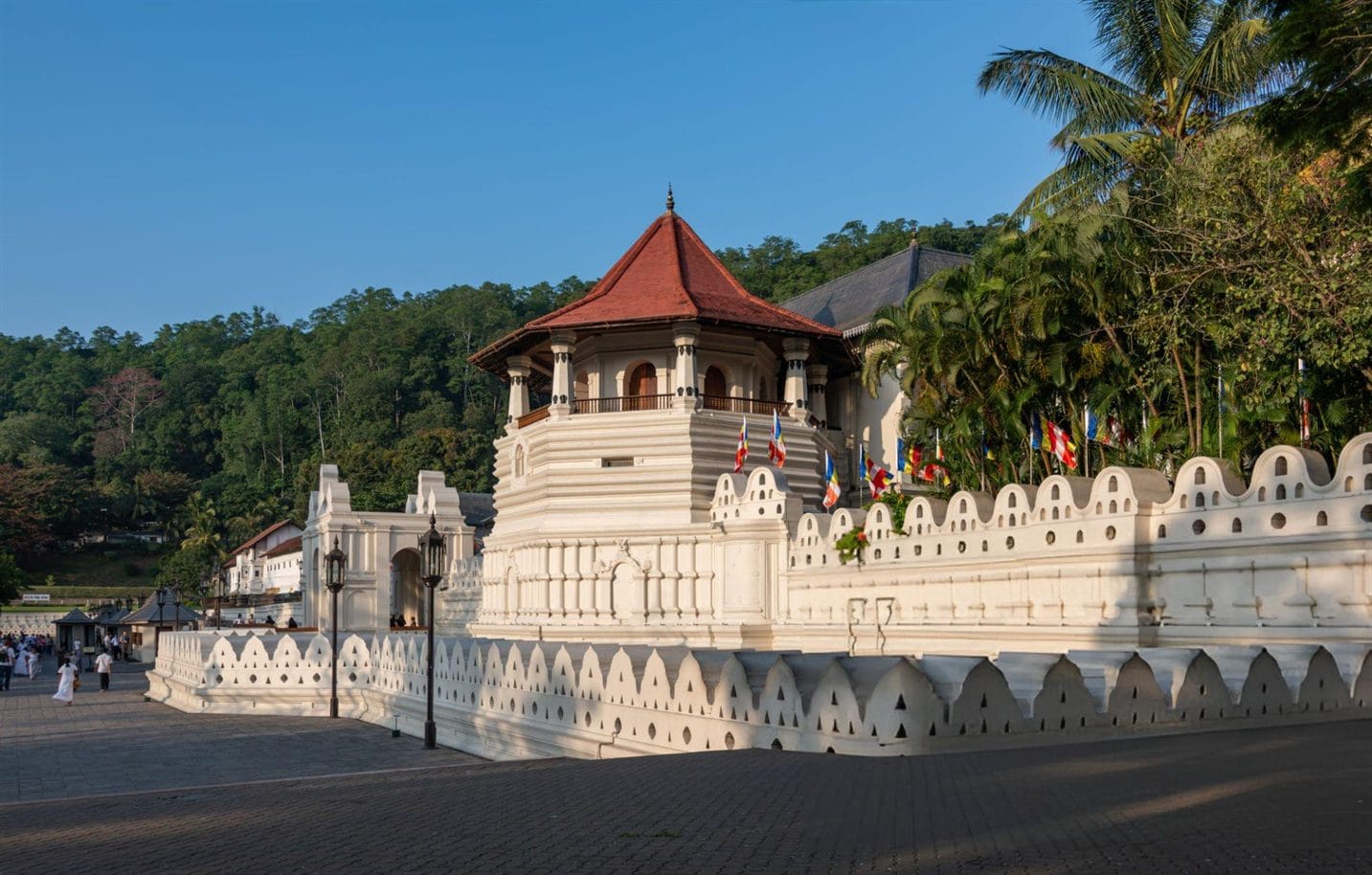
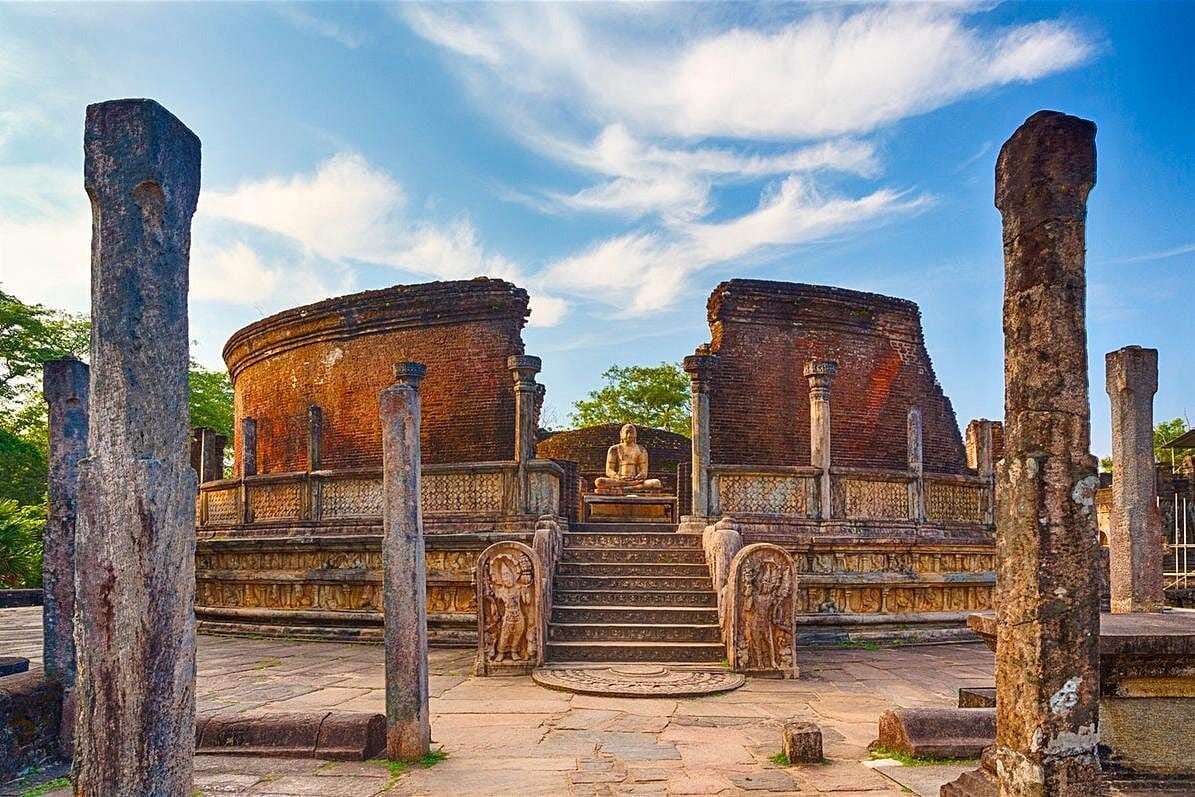



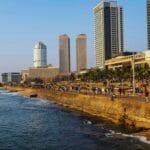

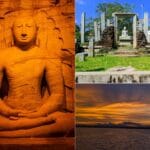


Leave a comment: